Best budget bike lights: Boost your on-bike visibility without spending a fortune
The best budget bike lights give you quality options for riding safely during the night, or day, without breaking the bank
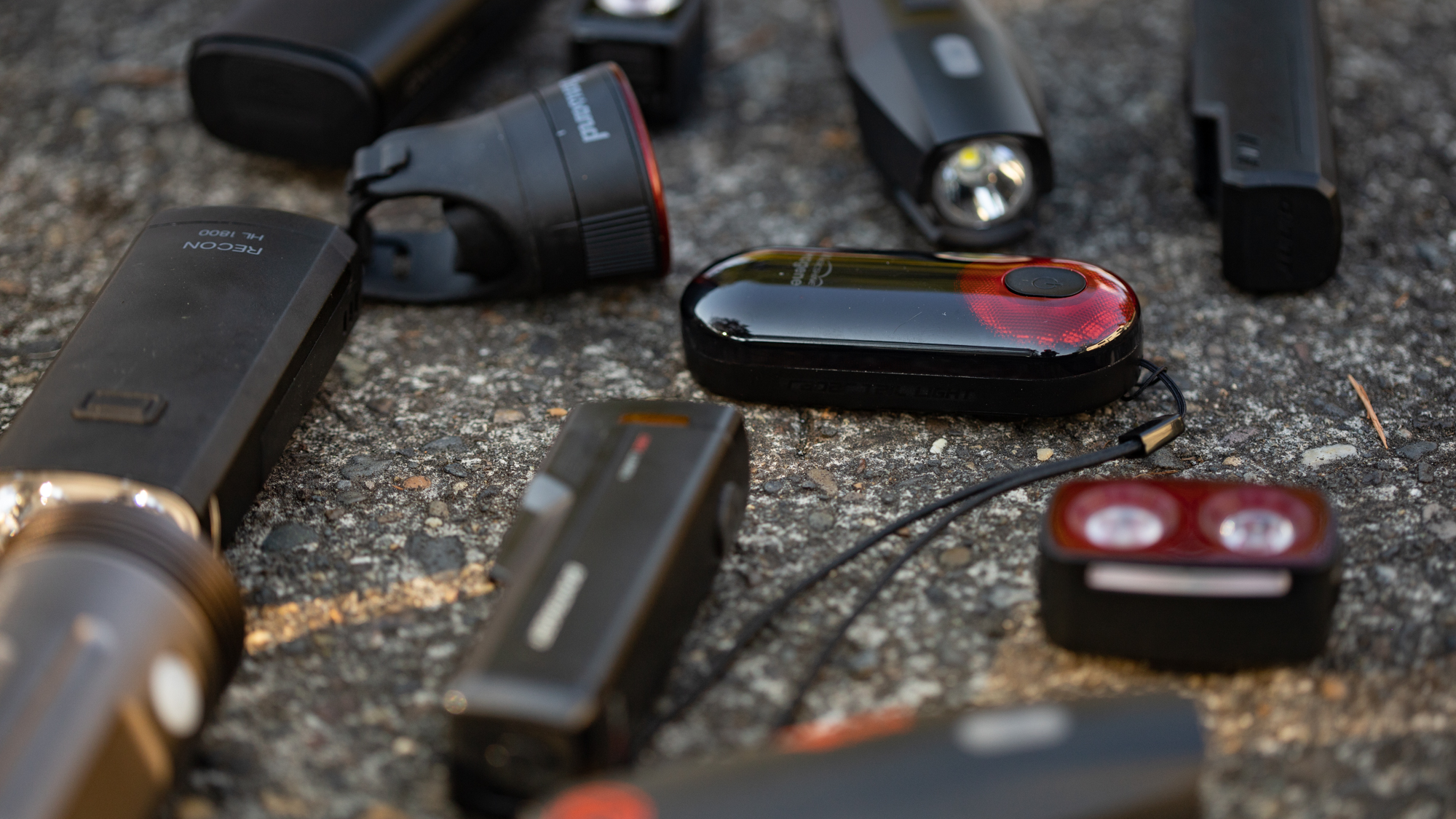
Finding the best budget bike light can be a real challenge. Although I've put together a list of best bike lights on the market, sometimes absolute performance edges out great lights that are high in value. You will find some crossover between the two lists but the point of this list is to allow value to carry a bit more weight.
If you are looking for a quick recommendation, take a look at the Portland Design Works City Rover Power 700 for the front of your bike. If you'd like to add a rear light then check out the Bontrager Flare RT. Both of these options are good value for what they offer and should serve most people in most situations. If you'd like to see more suggestions, keep reading and I've got a range of options with detailed explanations.
If you are just starting your journey into buying the best budget bike light, you might value some info about what to consider. In that case, jump down to the bottom of the page and I've answered some of the common questions. Read through everything here and you should not only be able to find the best budget bike light but also have an understanding of why that light makes sense for you.
Quick list
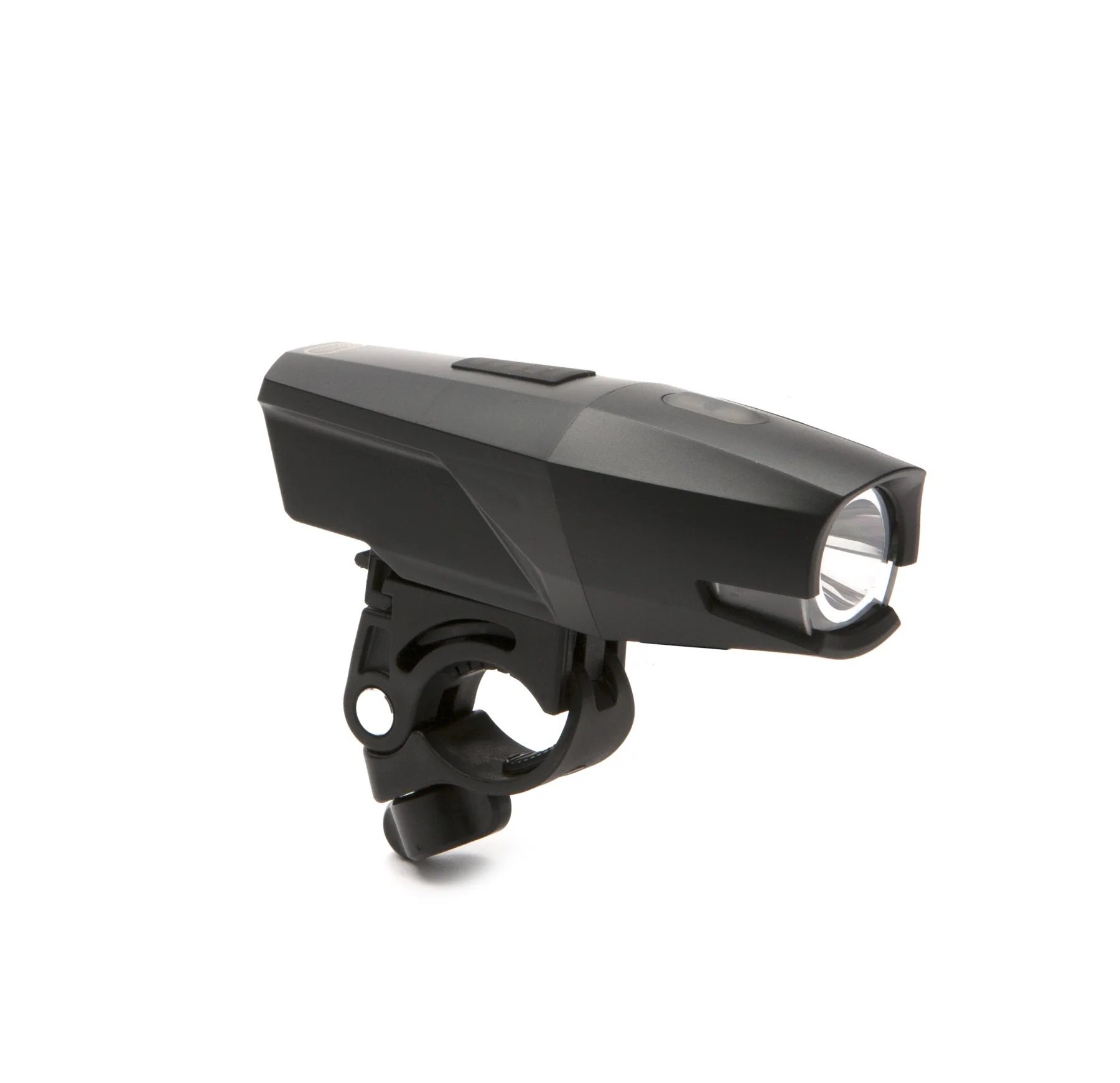
Best all-around front
Well built, easy to mount, a battery gauge to make sure you never run out of power, and has a reasonable amount of power for most situations.
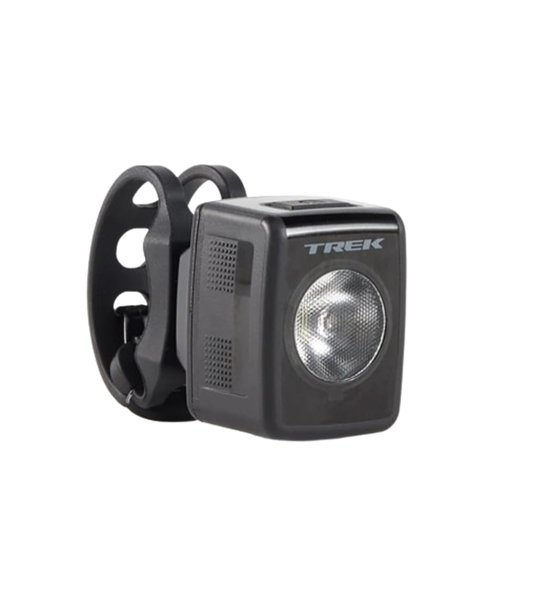
Best front light for daytime visibility
A tiny light with a high-tech lens and a science-backed disruptive flash pattern. It pairs with Garmin computers and offers unmatched daytime visibility even compared to more expensive options.
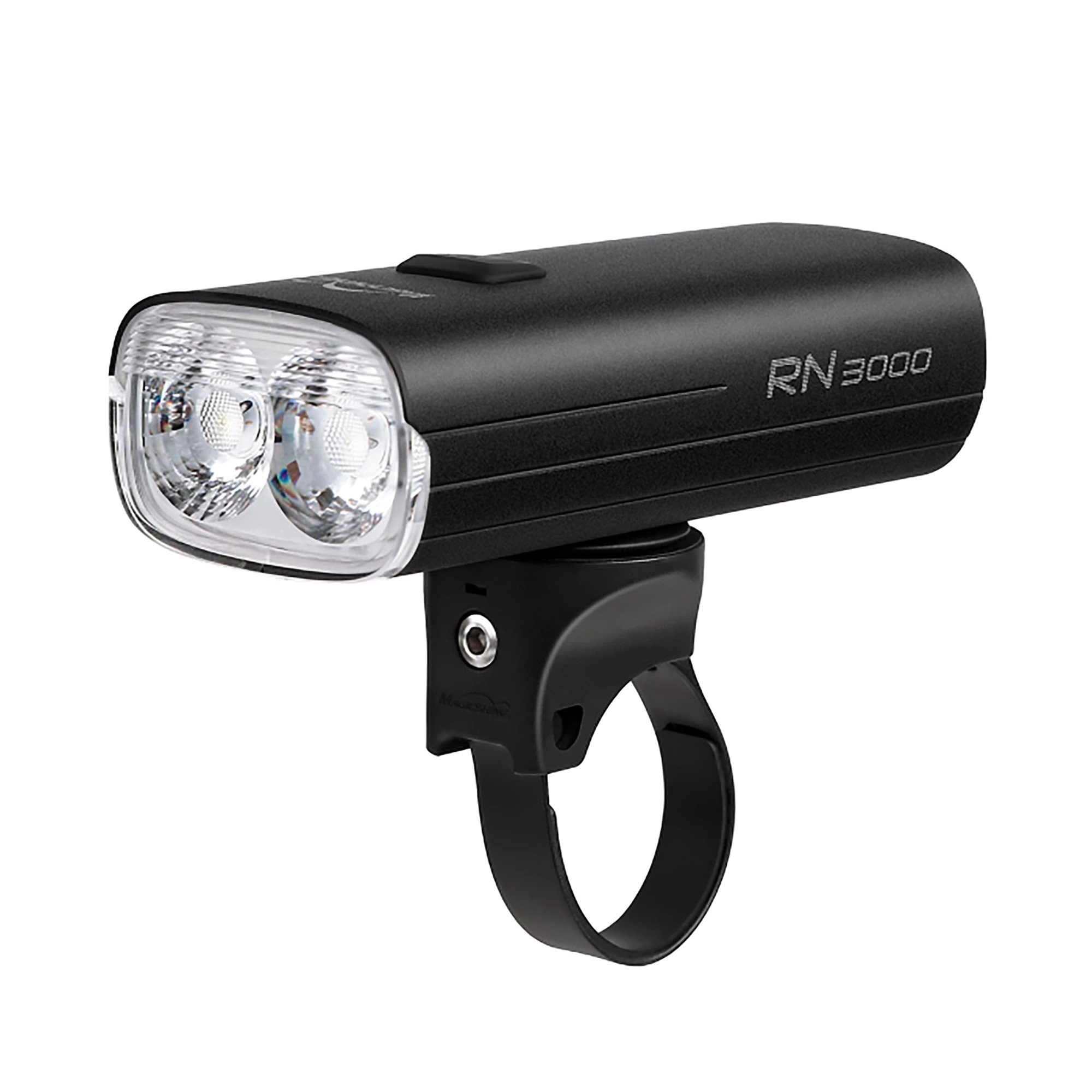
Best for big power and long run times
This is a big light with a huge battery that will get you through the night or work well as a trail light. It’s not cheap but compared to the competition it’s a great bargain.
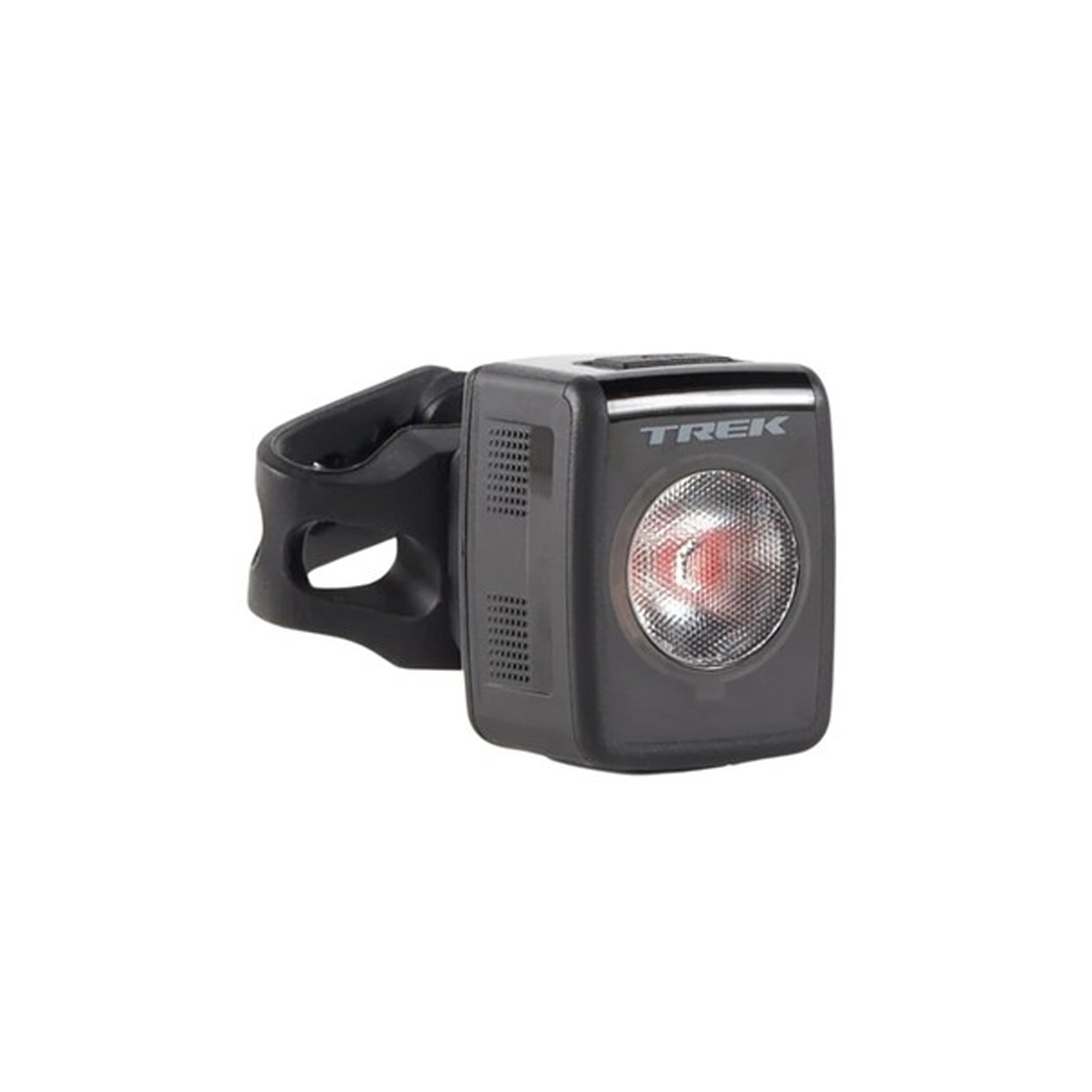
Best all-around rear light
The rear Bontrager light offers the same high-tech lens and disruptive light pattern as the front making you visible over long distances day or night.
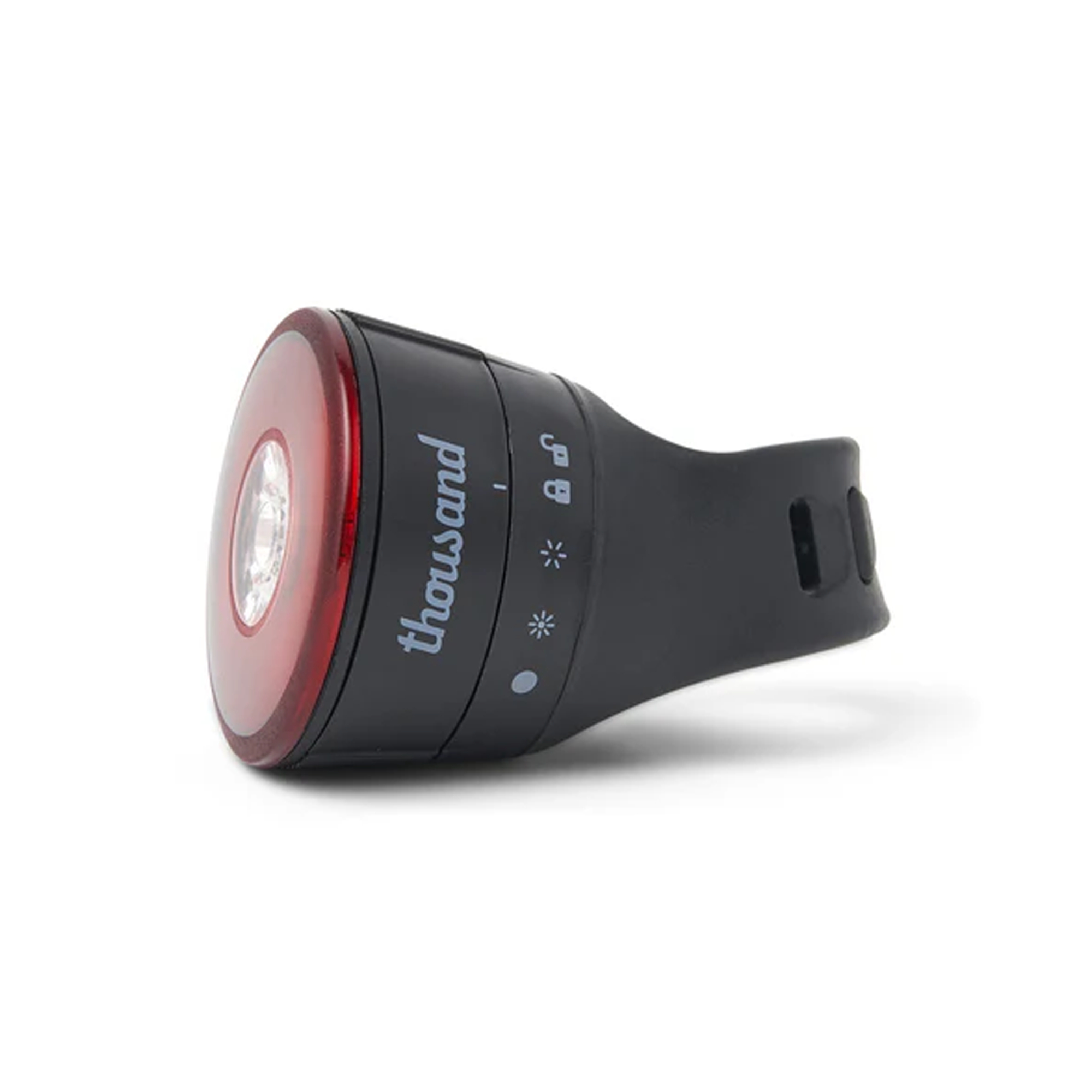
Best for city riding
The Thousand Traveler is the light you want when performance matters but style is an important part of the equation.
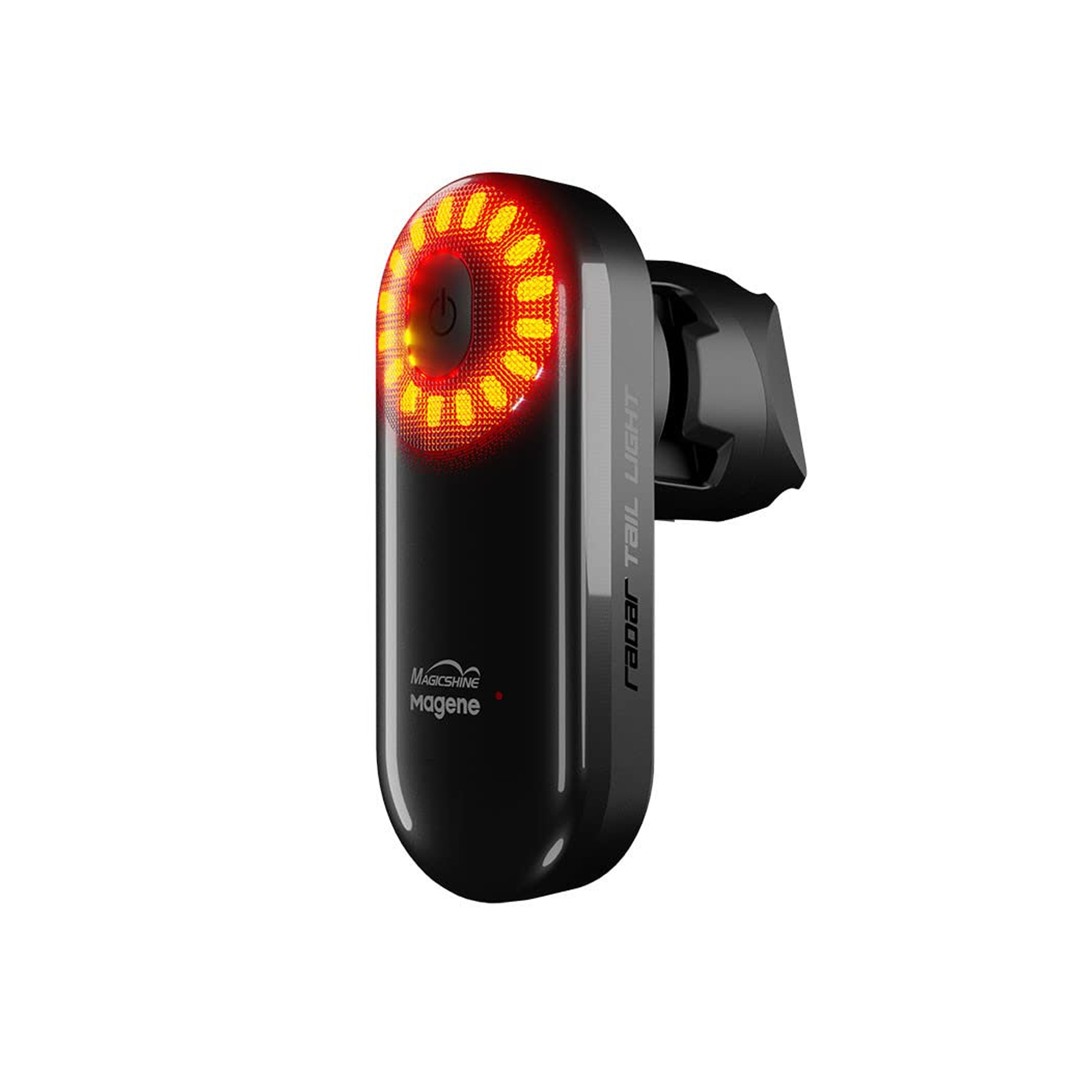
Best radar equipped rear light
If you ride outside of the city, having a radar equipped rear light feels much safer. Magene, or Magicshine, offers almost the same performance as Garmin but for less money and with an updated USB-C charge port.
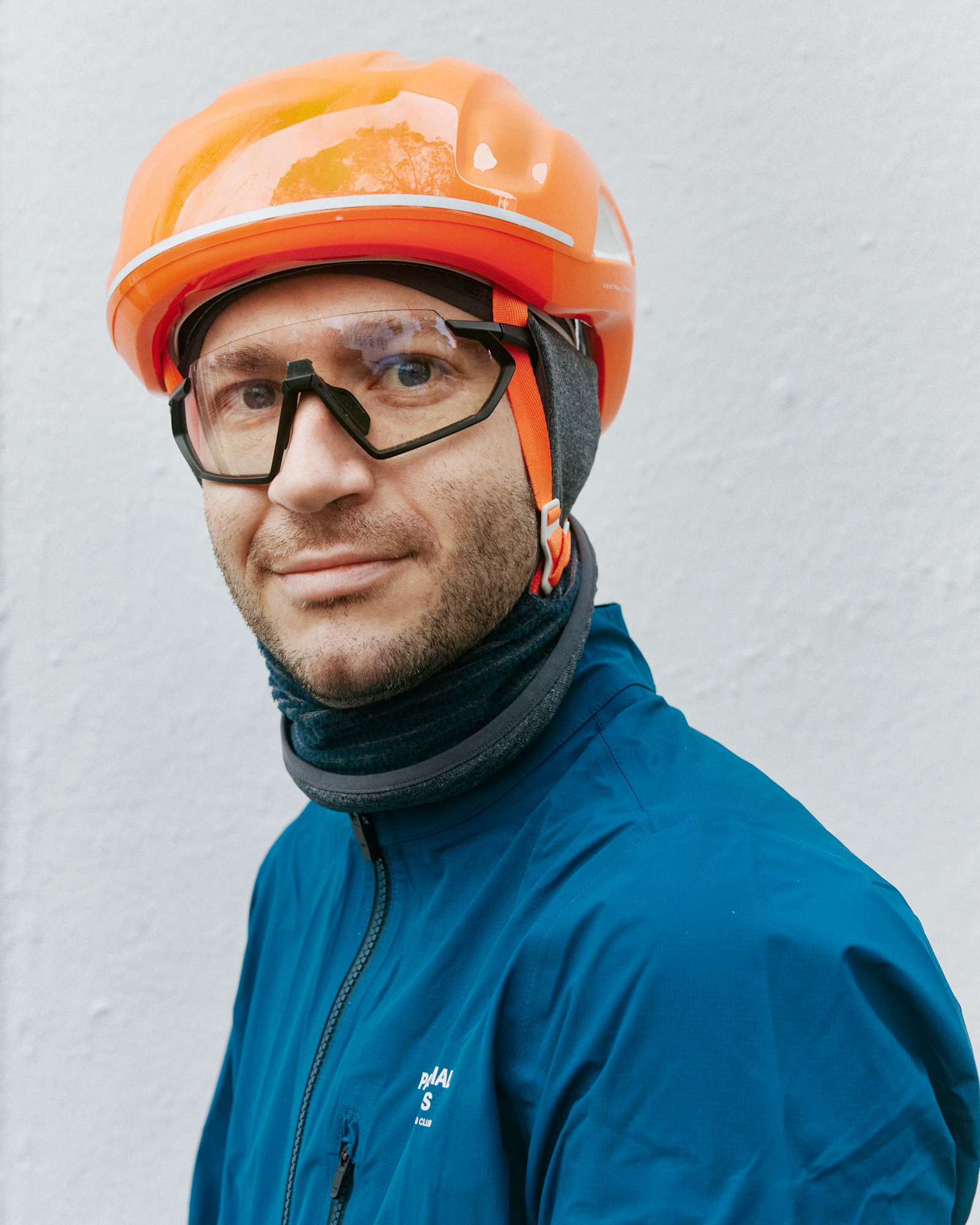
Much of my riding involves covering big miles, these long days frequently mean heading out before the sun rises or riding late into the evening, particularly in the winter months. To be able to recommend the best bike lights to you, I have spent many hours riding in the dark to determine the important features of a bike light, measure battery life and test reliability.
October 23th, 2024 This guide was updated for winter 2024/25 with Buy if/Don't buy if advice for each product, a refreshed format, new images and checked products were still available and up-to-date.
The best budget bike lights available today
Front lights
Best all-around front bike light
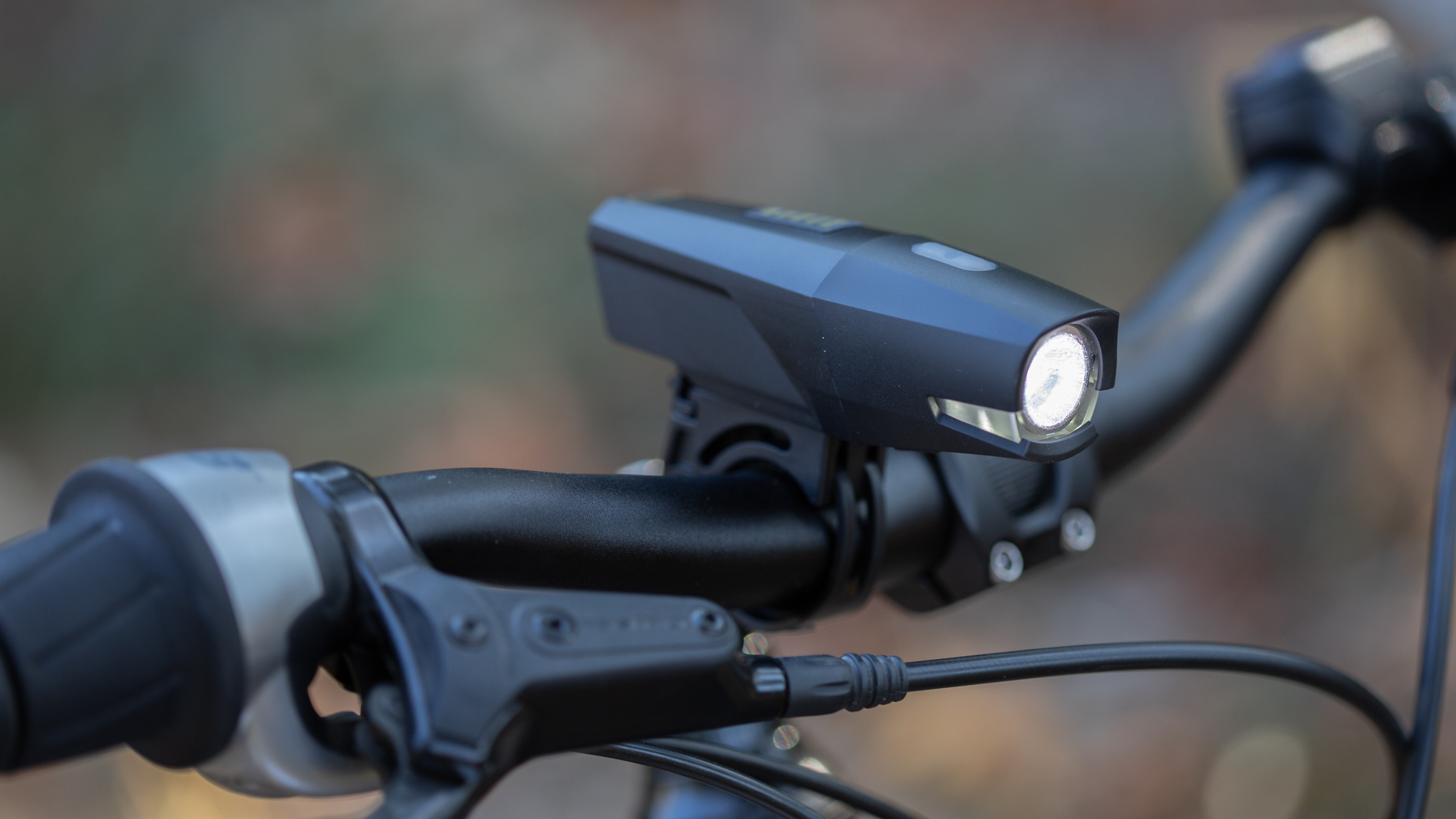
1. Portland Design Works City Rover Power 700
Specifications
Reasons to buy
Reasons to avoid
✅ You want a commuter light that's bright enough to ride in the dark: With an output of 700 lumens, the City Rover Power 700 has enough power to venture beyond the lit city streets.
✅ You want to monitor battery life easily: The clear power gauge on the top of the light means you can easily monitor the battery life.
❌ You want to do long performance rides: Although the 700 lumens is bright enough to take to the country roads, the City Rover Power 700 only has 2 hours of burn time at full power.
❌ You want to charge everything with USB-C: It still uses Micro USB, so if you want the simplicity of charging all your electronics with one cable go for a USB-C compatible light
If you want more light to see the road, you need something more powerful. The challenge then becomes telling one light apart from the next in the midrange power options. The market for these commuter focused lights that are still bright enough to help you see is incredibly tight. The Portland Design Works City Rover Power 700 gets my nod for this use quite simply because it's got a power gauge that makes it easy to understand when it needs a charge. At half power the light it offers is plenty for riding in the city with street lights and that gives you three hours of runtime. That will likely cover quite a few days of commuting so it's nice to have a simple, and constant, reminder when you need to plug it in. It's also powerful enough that if you do decide you want to take it for a performance-oriented ride, it's very workable even if it's not ideal.
Best for daytime visibility
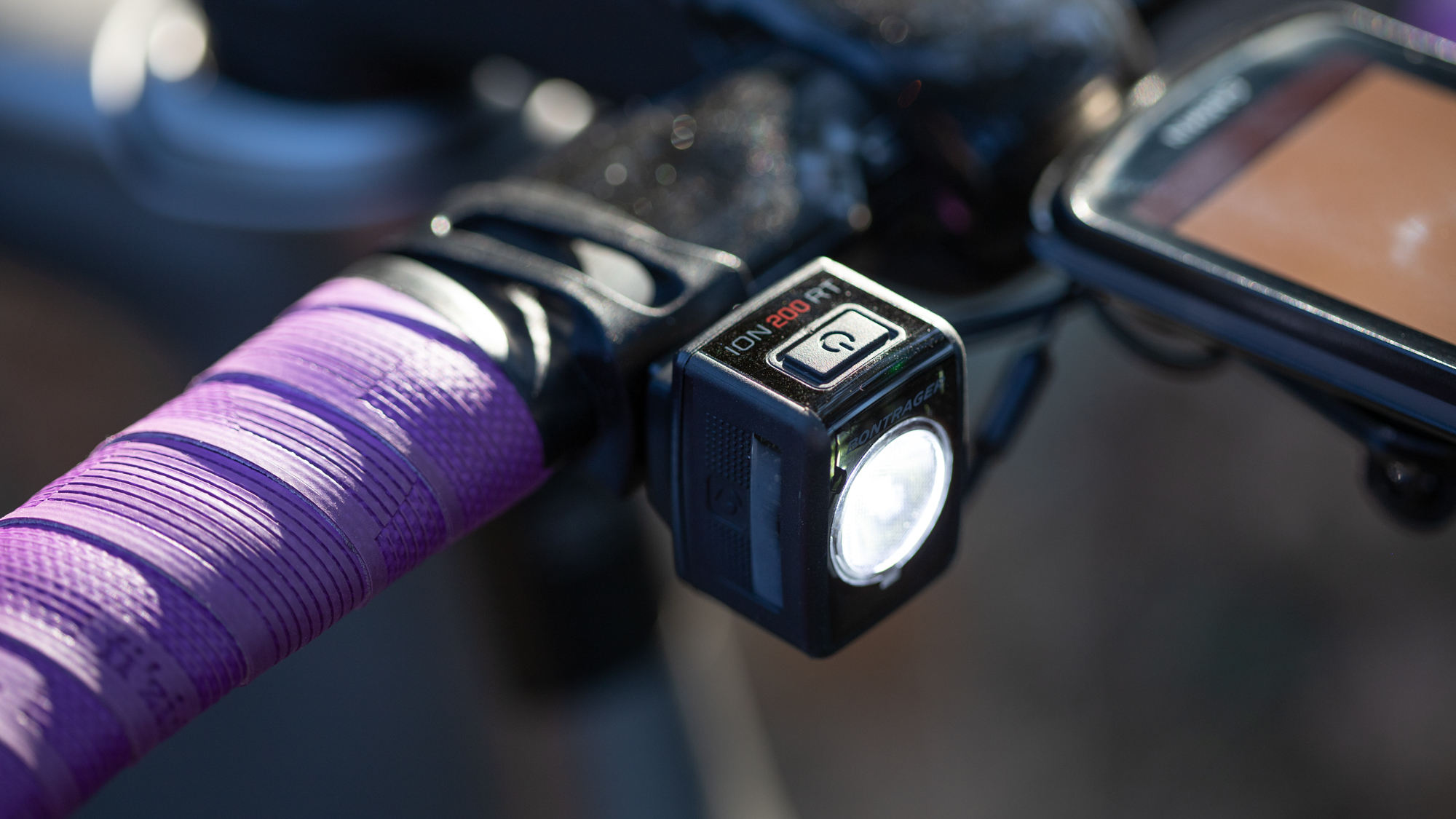
2. Bontrager Ion 200 RT
Specifications
Reasons to buy
Reasons to avoid
✅ You want to be seen on the road: The disruptive flash pattern and focused beam boost visibility, even during the daytime.
✅ You want a small light: The small form is easy to mount to the handlebar and doesn't take up much space.
❌ You want to see where you are going: While this light excels in making you visible to other road users, the 200-lumen output isn't sufficient to illuminate the road in front of you.
❌ You want USB-C: The micro-USB feels rather outdated as most electronics have moved to USB-C.
The Bontrager Ion 200 RT is the front half of the Bontrager daytime visibility light system. I've got them both on this list even though they aren't the cheapest option around. The reason for that is that while there are cheaper lights, Bontrager makes a high value light that is incredibly good at making sure you are visible during the day. The key to the performance is the fresnel lens that focuses a relatively low powered light so that it's way more visible than it should be. Then, to further increase visibility, there is a disruptive flash pattern that Trek researched as a way to make it harder to ignore. Nothing makes you visible if a driver isn't looking but if you are looking for an inexpensive light that will make you visible during the day, this is it. The performance is so good that even though the price is relatively low, it holds its own against lights at any price.
There are also several quality of life details that make this light a good bargain. The mount is easy to use but if you'd rather have a GoPro style, there are adapters available. Bontrager even has a helmet that this light works with for those who'd like to add an extra light. If you use a Garmin computer this light will form a light network and turn on automatically as well as remain controllable from the computer. The only real downside is that it's been out for a number of years now and it's never gotten a USB-C port upgrade.
Best for big power and long run times

Specifications
Reasons to buy
Reasons to avoid
✅ You want to ride in the dark: High power output and long battery life means you can ride into the darkness with confidence.
✅ You want a Garmin Quarter turn mount: Garmin's standard quarter-turn mount increases mounting versatility.
❌ You want simple mode selection: The RN3000 has 16 different modes however several are redundant, plus the double click makes mode changing difficult with cold fingers.
❌ You want to mount your light under the handlebars: Ribbed lens softens the upper part of the beam but this only works if the light is mounted above the handlebars.
If you want big power or long runtimes, then the MagicShine RN3000 is an excellent budget option to get the job done. The heart of the light is a 10,000 mAh battery and it's from this foundation that everything builds. Using the massive battery, you can power all the way up for a 3000-lumen option that will cover you in even the most demanding trail situations. Alternatively, you can power down the light and extend the runtime. 750 lumens is enough to ride comfortably at speed even without street lights and at that power, the RN3000 will run for thirteen and a half hours. You might even consider this light as a commuter option because of how infrequently you'll need to think about charging it. Knowing that the USB-C charge port can also charge a phone in an emergency is a nice bonus feature.
The only downside is a slightly odd control scheme. There are two bulbs on the light and for some reason, you can choose to run either one or the other or both. Using both gives a better light shape and longer burn times but since the option is there, changing modes means stepping through more options. It's a small annoyance given the price and features but it is worth mentioning.
You can read more about the details of this light in our MagicShine RN3000 review.
Front lights to also consider
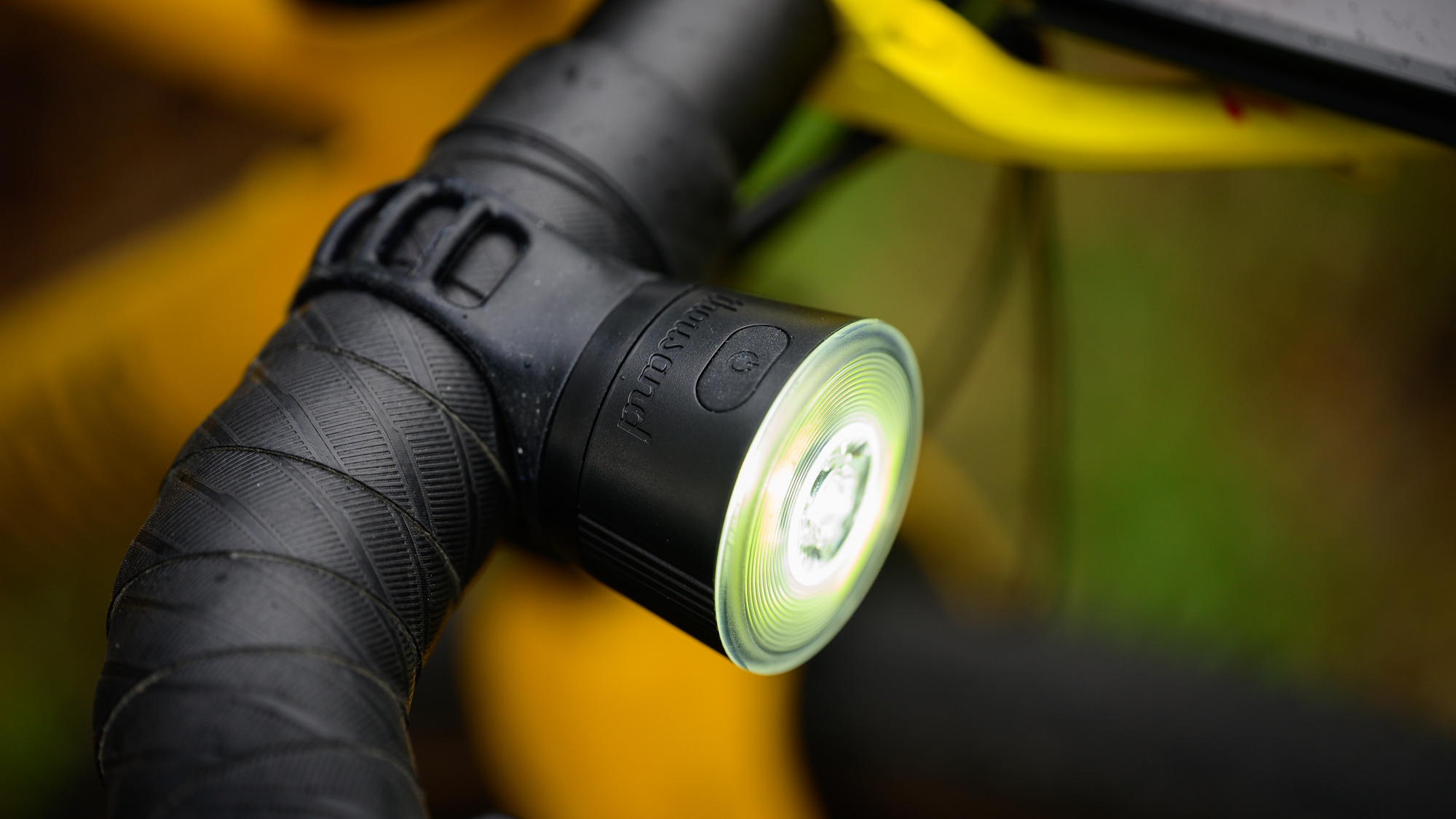
4. Thousand Traveler 2.0 front light
Specifications
Reasons to buy
Reasons to avoid
✅ You want to quickly charge the light: USB-C quickly charges the lights to 100% in just a couple of hours.
✅ You want to quickly fit or remove: The magnetic mounting system makes it simple to fit and remove your lights when locking your bike
❌ You want a range of modes: Two flashing and a single solid mode offer limited options, especially if you prefer a specific flashing sequence.
❌ You want to ride in dimly lit areas: The single 100-lumen solid mode is only for visibility, not seeing where you are going.
The Thousand Traveler 2.0 front and rear lights are the epitome of this list. They are inexpensive but not cheap and they do exactly what they claim to do by looking good and keeping you visible. The front light has three modes and switching between 120-lumen solid, 250-lumen daylight flash, and 35-lumen eco flash used to require a twist that while stylish was a bit of a hassle. The 2.0 version does away with that in favour of a simple push button that requires a long press to turn on.
Although the twist to change modes is gone, the magnetic mount remains. It still requires a slight twist to remove the light and it’s still quite easy if you want to make sure your lights don’t get stolen off your bike. The one downside is that it’s possible for the light to fall out during a ride. I’ve never had it happen but it would be nice if the system had an indent to make it a little tougher to twist.
All that aside, the mount also makes it easy to charge. Just pop the light off and you’ll find a rubber flap hiding a USB-C port. Run times range from 6 hours to 36 hours depending on mode. There are cheaper lights on the market but Thousand has put together a great budget option with a solid set of features.
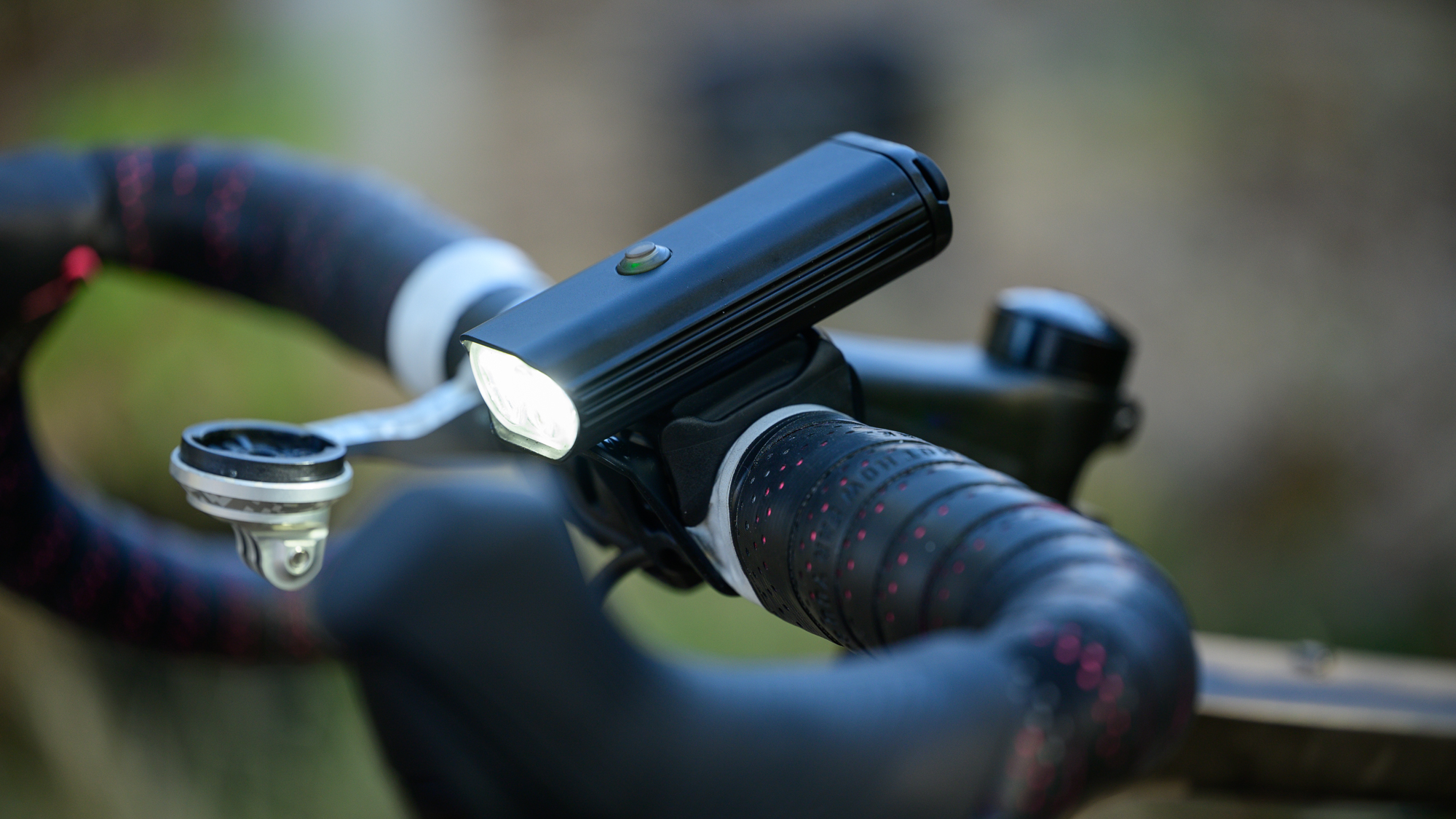
Specifications
Reasons to buy
Reasons to avoid
✅ You want a powerful light: The 1000-lumen max output and excellent beam spread give the Lite Drive 1000XL an impressive amount of illumination.
✅ You want a useful range of modes: There are plenty of mode options plus a ‘Race’ mode which sets the light up to only give ‘Overdrive’ and ‘Economy’ modes for simplified use.
❌ You want to ride gravel: The supplied thick rubber strap can wobble on rough terrain. Lezyne sells a fixed mount separately for riders venturing off-road.
❌ You want to confidently manage battery life: Battery life is indicated via a coloured LED under the single mode button. There are four colours however the jump between yellow at 50% and red at 10% is a big gap.
700 lumens vs 1000 is only a small difference. The reality is that both the Portland Design Works City Rover Power 700 and Lezyne Lite Drive 1000XL can do the job of getting you to and from work but there are a few small differences that make them good for slightly different uses. The extra three hundred lumens of max power will make it a lot more comfortable to ride at speed with no street lighting.
If that's your focus then you get 1:30 of burn time at full power but if you need a little more time you can power down to 500 lumens and get yourself three hours of light. The trade-off you make for the extra power or battery life is that it’s a bit harder to tell how much battery life is left. This is also a light that's been around for a while and hasn't yet made the switch to USB-C charging.
If you'd like to read more detail, take a look at our review of the Lezyne Lite Drive 1000XL.
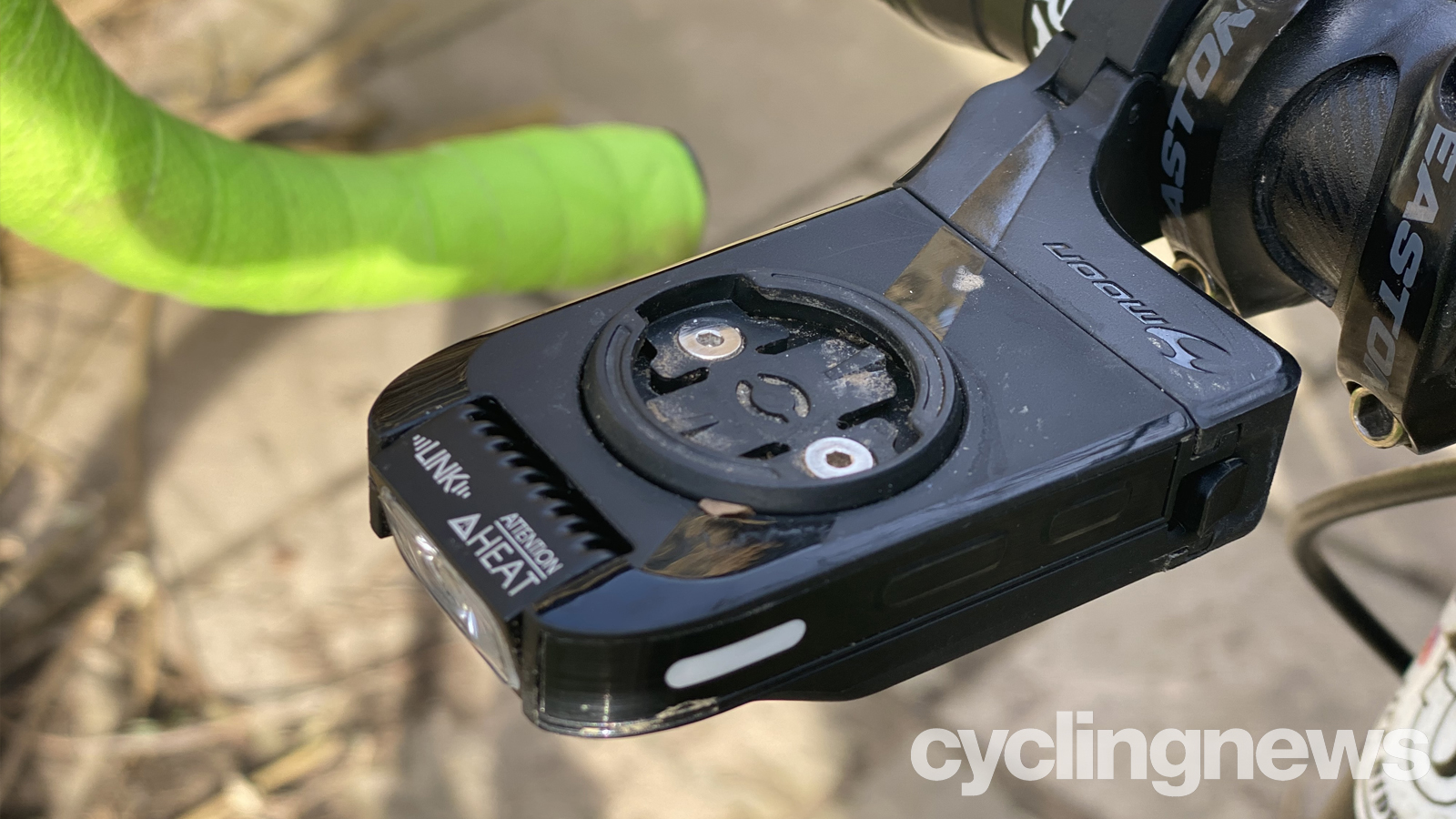
Specifications
Reasons to buy
Reasons to avoid
✅ You want to integrate your light with your GPS: The MX replaces your GPS mount and is neatly hidden under your Garmin, Wahoo or Bryton computer
✅ You want to easily adjust the light angle: The LED is on a tilting section making it easy to find the perfect light angle.
❌ You want to ride without a GPS computer: While the integration and specs impressed us, it is designed specifically to work with a GPS computer. For those who ride without a GPS computer, there are brighter and cheaper light options.
❌ You want to mount it on aero or oversized handlebars: The bracket is only compatible with 31.8mm so if you want to mount the light to an alternatively shaped handlebar you need to purchase Moon's direct stem bolt mount bracket.
I listed the low max power as a negative and while that's true, you have to look at the Moon MX GPS mount and light a little differently. The point is not to be your primary light when you head out the door for a late ride. Instead, the 400 lumens max power and 2.6 hour burn time is there to get you home when the ride ends up lasting longer than you'd hoped. The light does dual duty as a mount for Garmin and Wahoo GPS head units and the wide, flat, design does an excellent job of being forgettable under a computer. When it's time to turn on the light you can adjust the angle separately of the overall angle of the mount freeing you from needing to keep your computer at an odd angle. Overall, this is a low-cost way to make sure you always have a light with you just in case.
Read more about the Moon MX GPS mount and light in our review.
Best budget rear lights
Best all-around rear light

7. Bontrager Flare RT
Specifications
Reasons to buy
Reasons to avoid
✅ You want a rear light for daytime riding: The disruptive flash pattern and focused beam spread do an impressive job of catching the attention of other road users.
✅ You want a small rear light: The small size and flexible rubber strap mount is easy to mount and discreet when fitted.
❌ You want the brightest rear light: While the Flare RT is very visible during the day, at 90 lumens it's not as powerful as other options. For proper riding at night, you're going to want something with a bit more power.
❌ You want simple mode selection: The single button combined with press and hold options means the Flare RT can be a bit confusing.
In the world of rear lights, the Bontrager Flare RT isn't exactly cheap and that's especially true given the somewhat modest power level. The reason it makes it to this list of budget bike lights is that despite being a little more expensive, it's still on the affordable side and it's highly effective.
If you care about your visibility, day or night, then spending just a little more for the Flare RT makes sense. When the Flare RT hit the market, it was a light that changed the way many riders viewed daytime visibility and it's just as effective at night. The secret is a well-designed reflector that optimises rear visibility plus a flash pattern that is intentionally irregular. The Flare RT also has an ambient sensor which auto-adjusts the lumen output depending on light conditions.
So many cheap rear lights on the market are completely ineffective during the day and barely usable even at night. By contrast, the Flare RT is visible as far as 2km away even in the height of mid-day sun. The high-quality mount also adds value because you won't find yourself replacing a lost light every few rides.
Best rear light in the city
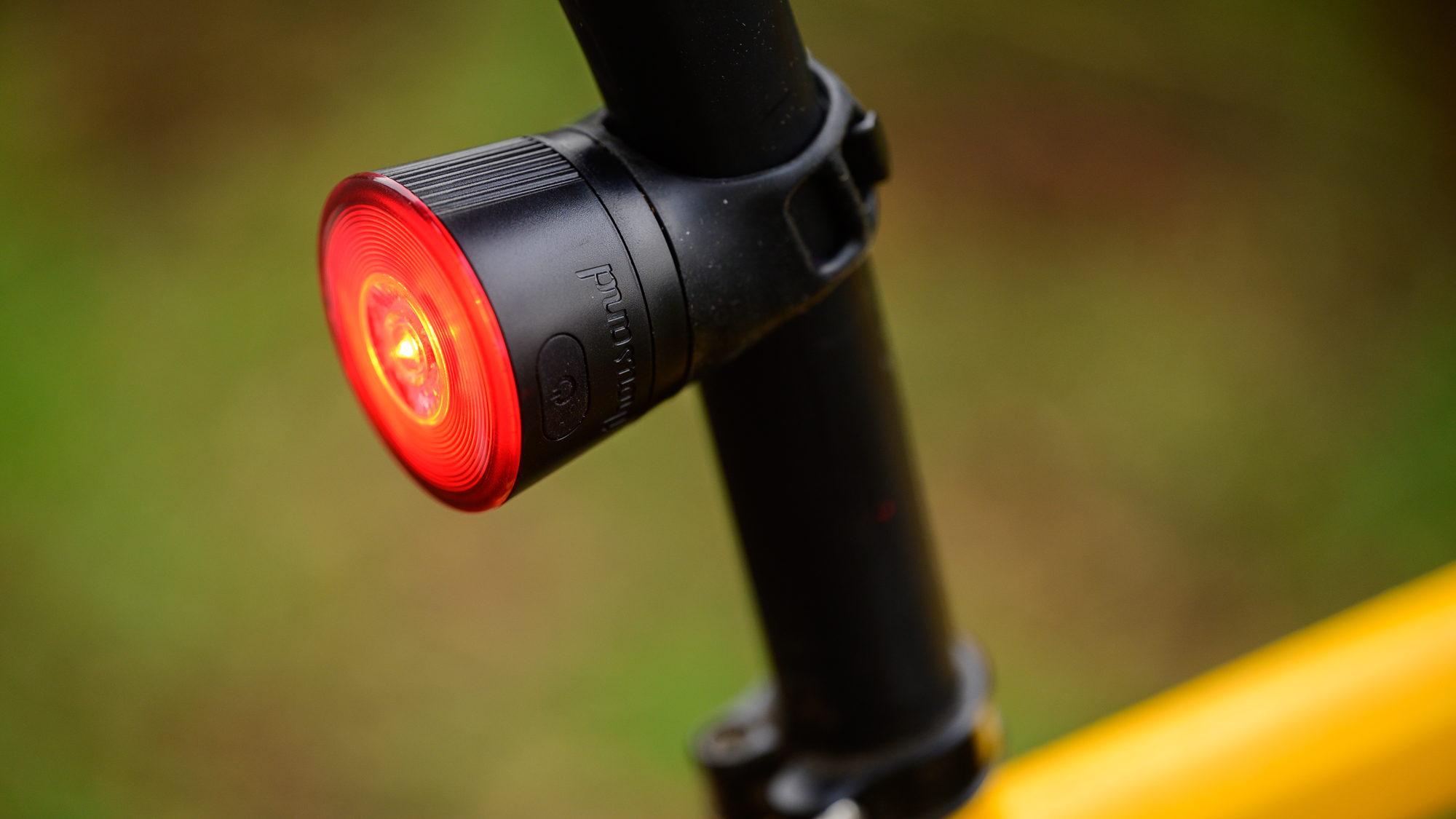
8. Thousand Traveler 2.0 rear light
Specifications
Reasons to buy
Reasons to avoid
✅ You want to be seen during the day: A specific 8- 8-lumen daylight flash mode increases visibility during daylight hours.
✅ You want to easily fit and remove the light: By using a magnet, the mounting system self-centres and securely holds the light in the mounting bracket.
❌ If you want long battery life: The 10-lumen flashing Eco mode is capable of 22 hours but the bright 35-lumen solid and 80-lumen daylight flash only last for 4.5 hours and 3.75 hours respectively.
❌ You want to ride in unlit areas: The 105-lumen max output isn't bright enough for riding in properly dark areas.
I included the Traveler 2.0 front light and it only makes sense to include the rear. You can purchase either light alone but they are also available as a set at a small discount. When it comes to the rear light though you get the exact same mounting system. There's an integrated rubber strap attached to a magnetic plastic mount.
There is a magnet in the back and a twist system to the mount. A slight twist releases the light and most of the time the light will self centre when placed back into the mount. As with the front, I’ve had no issues but it would be great to have a small indent to make sure it was impossible for it to jiggle loose.
Again, like the front, the 2.0 version removes the twist to change mode functions. Long press the rubber button to turn on the light then single pushes cycle through the modes. For the rear you get burn times that range from a 40 lumen/4-hour solid mode to as much as 22 hours at the lowest 12 lumen Eco flash mode. Most people are likely to use the daylight Flash mode though and that gets you 105 lumens with a 4 hour runtime. It's a good looking light at a good price and it makes a lot of sense for visibility while commuting in the city.
Best with radar
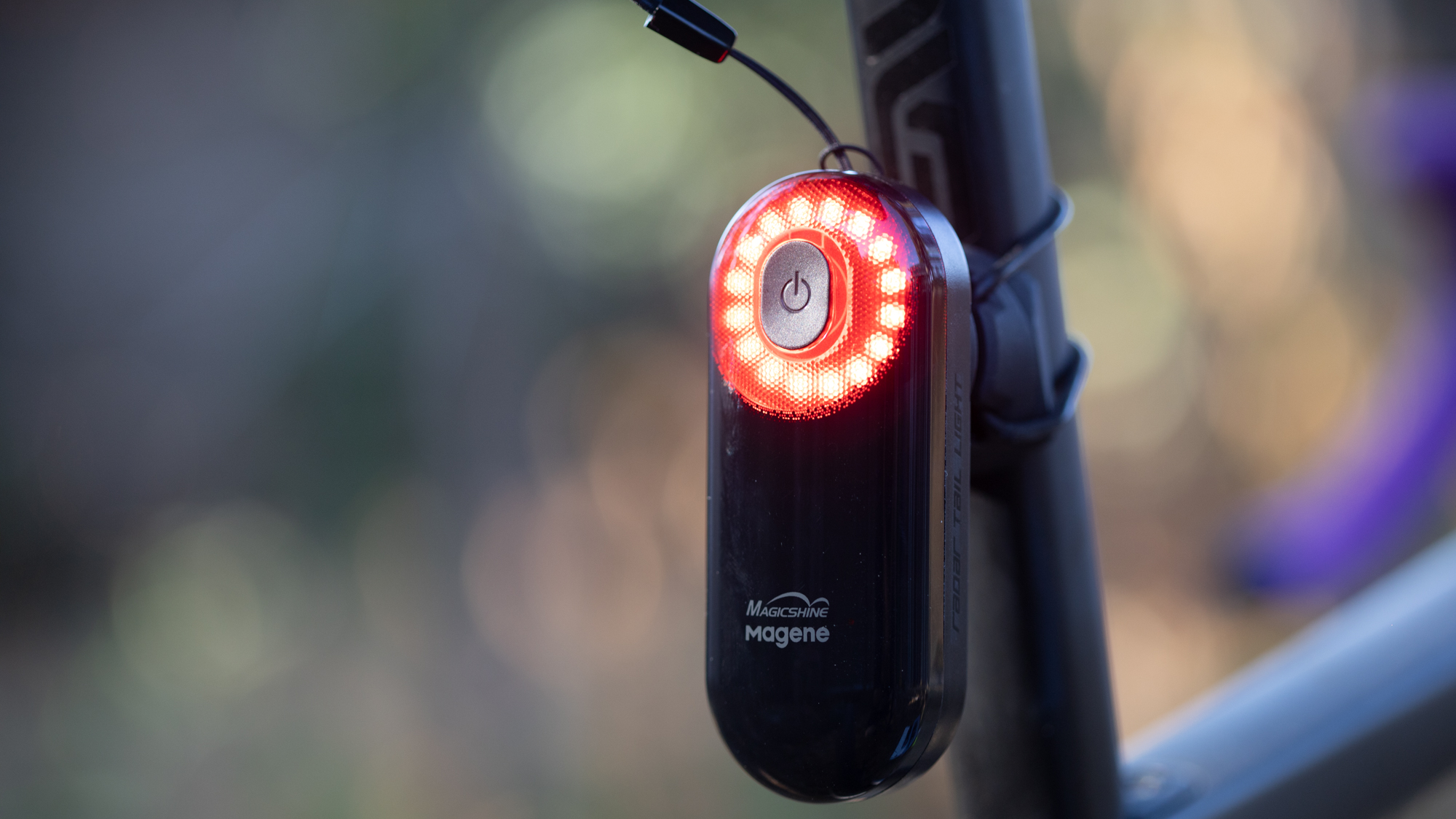
Specifications
Reasons to buy
Reasons to avoid
✅ You want to be alerted to cars behind you: The radar function detects vehicles approaching from behind and gives both an audio and visual alert through your Garmin, Wahoo or Bryton GPS.
✅ You want to easily change modes: The radar’s brightness and flashing/pulsing interval can be easily changed using Magene's companion smartphone app.
❌ If you want reliable battery life: During testing the radar was unable to match the quoted 8h19m burn time, although it still achieved between seven to eight hours.
❌ You want a rear light for riding in dark conditions: The wide beam and low lumen output can't compete with other competitors which are far more visible in dark areas.
For those who spend their time riding in the country a rear radar is an amazing addition to your time on the bike. It's a product that allows you to focus on your riding without ever worrying about a car surprising you from behind. Previously if that sounded like something you wanted to incorporate into your setup, that meant only the Garmin Varia. The Varia is still an option but as it continues to age and the price stays the same, there is more opportunity for choice. The Magicshine (also sometimes sold as a Magene) Seemee 508 works in the same way, and pairs with the same head units, as a Garmin Varia but it's significantly less expensive and fixes some of the issues the Garmin has. That means it has a leash so it doesn't fall off and it's got USB-C charging.
Getting the price down does mean some trade-offs though. The battery life chart on the Magene website is inaccurate and even with a low 20 lumen max power you can only expect about 8 hours of burn time on pulse mode. However, I understand that's longer than the vast majority of rides people do so if that works for you, Magene will let you add radar for less money.
To find out more, check out our full review of the Magicshine Seemee 508 rear light.
Rear lights to also consider
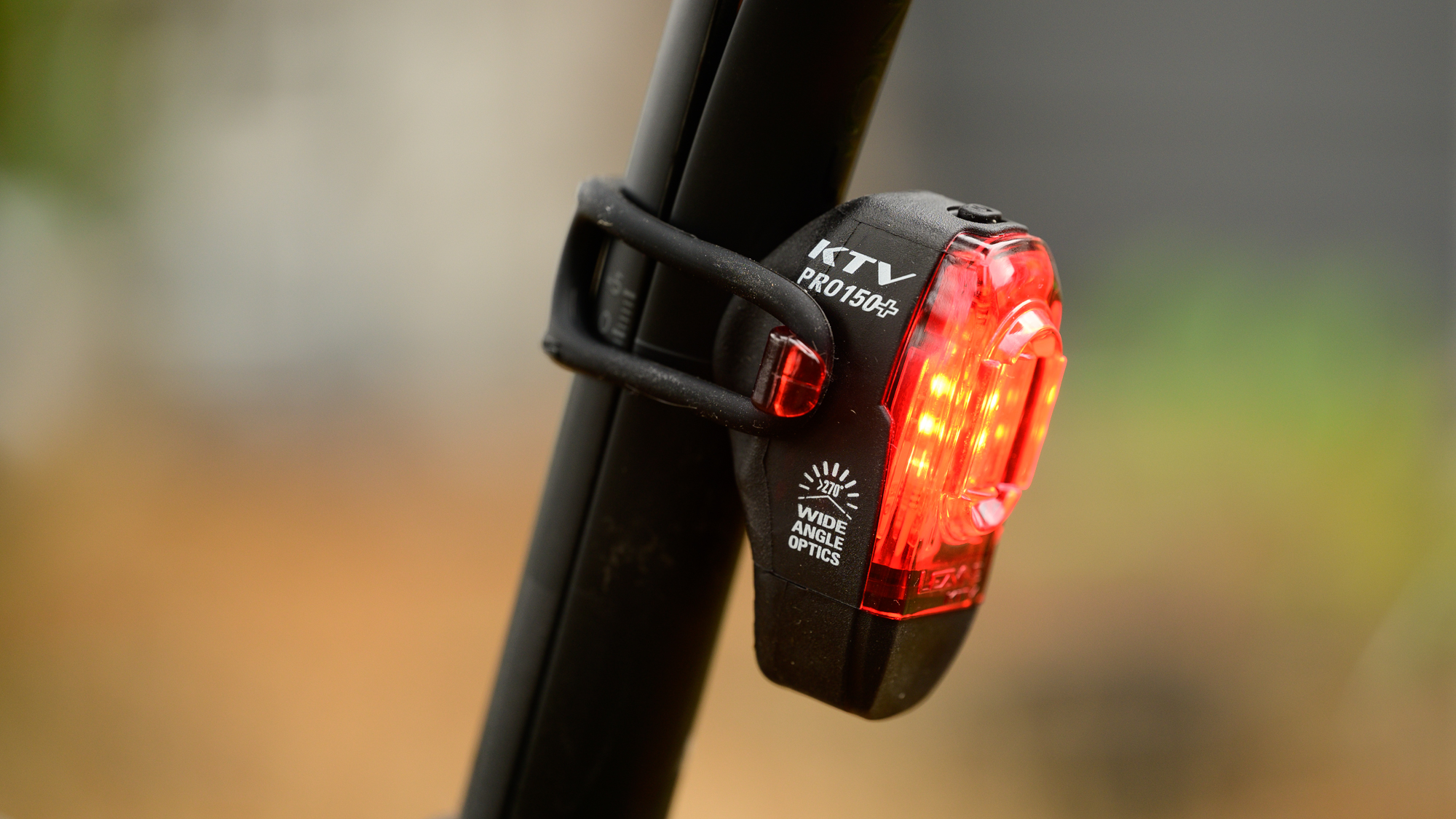
10. Lezyne KTV Drive Pro+
Specifications
Reasons to buy
Reasons to avoid
✅ You want good power output: A 150 lumens flash is powerful enough to add visibility during the day or night.
✅ You want built-in USB charging: The built-in USB charger means you don't have to worry about cables, it charges quickly too.
❌ You don't want to stress about losing parts: Although you don't need to worry about cables, the waterproof bung over the USB isn't attached and could be lost.
❌ You want to monitor battery life: The warning light alerts you once the battery goes under 10%, which doesn't give you much time until it's depleted.
The Lezyne KTV Drive Pro+ rear light is the option when you want an inexpensive light with a lot of power. The price is outstanding and there's all-day performance with a burn time of 10 hours and 30 minutes even at the max 150-lumen day flash setting. Mounting is a wide and simple rubber strap that you can easily stretch around even the deepest aero seatpost. When it’s time to charge the light, you’ll get a warning based on the small status light that turns on during the hold to turn-on procedure. If needed, charging happens with an integrated USB charging tongue that needs no cord. Of course, while no cord is needed it also means you have to remove the light to charge it. Although Lezyne doesn’t splurge on fancy features, the Lezyne KTV Drive Pro+ rear light is great for those who want maximum lumens for less money.
If you are looking for more details, our Lezyne KTV Pro Drive 75 review will cover everything. Although this older light has fewer lumens and a lower run time, it’s otherwise exactly the same as the latest KTV Drive Pro+.
Best budget combo light
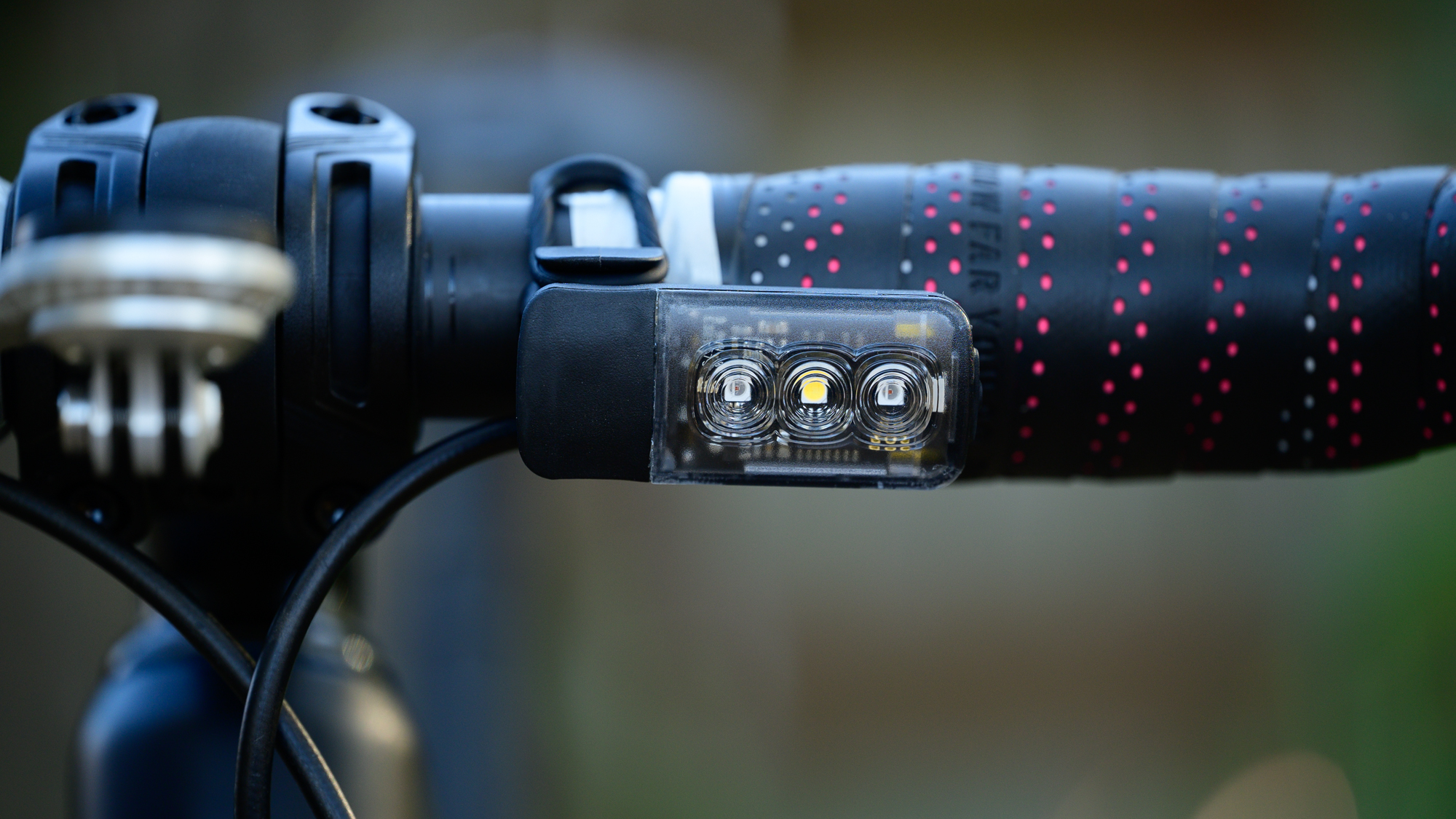
11. Specialized Stix Switch Lights
Specifications
Reasons to buy
Reasons to avoid
✅ You want the flexibility to switch between red and white modes: Both lights feature red and white LEDs so they are interchangeable between front and rear duties.
✅ You want to easily charge your lights: The built-in USB tab allows you to charge using any USB plug without the need for additional cables.
❌ You want a bright rear light: There are only two rear light modes and the brightest mode only puts out 30 lumens.
❌ You want to mount to aero tubes: Rubber straps are flexible enough to mount to tubes between 22.2mm to 35mm in diameter but you will need to purchase the Aero strap mount separately.
The Specialized Stix lights come as a pack of two but they are identical. Each light has three LED bulbs in it and the outer two are white and while the third is red. Under the cover at the end of each light is a standard USB-A connector and when you are ready to mount them, just fold back the cover. The USB connector slides through the mount then the cover closes over the whole thing and the light is now secured to the mount. The mount consists of stretchy rubber and if you mount it up front it's horizontal but mount it to a seat post and it's vertical. The whole thing is a beautiful exercise in minimalism and there's a mode for red or white light depending on where you have it mounted.
Once mounted, you probably won't want to depend on the system for seeing where you are going but it's bright. In fact, with a 100 lumen white flash, and 30 lumen rear, the brightness will surprise you when you consider how small the whole package is. Unfortunately, probably in an effort to keep costs down, the switch from red to white is entirely manual but it's hardly a bother and you get a ton of flexibility in how you use these lights.
How to choose the best budget bike lights for you
As we head into shorter days and longer nights, riding in the dark becomes more of an issue. For some people that might mean the rides they enjoyed through the summer season leave them getting back as the sun is setting and for others, it’s more of a transportation issue. Either way, you'll need lighting and I have some advice to help you figure out what light you need.
How many lumens do I need?
The first thing to consider is if you need a light to make yourself visible or to see where you are going. If you are only riding in the city, on well-lit streets, you'll already be able to see where you are going, so the light you need is going to be a lot less expensive and the specs are far less important. If you need a light to see where you are going then the next consideration is how long you need it to last.
Battery life
It's relatively easy to find a light that's bright enough for an hour. Anything beyond that becomes more difficult and expensive. Don't forget though, you might want to ride more than once before needing to charge. Do you want to charge after every ride? You might also want to consider multiple uses for your light. Using the same light during the commute as you use for long rides on the weekend is a good way to save money. This consideration also opens up the discussion of what kind of mounting you need.
Mounting options
If you only use a single bike, your decision about mounting is a lot simpler. It has to work in a single situation. If your bike has round bars then a hard mount for round bars will do the job. Alternatively, if it has oval aero bars you can find something that will work. If you are swapping the light between different bikes, you need it to work in all the situations you'll encounter. You might also want to consider if you need a light with mounting considerations for bags, clothing, or racks.
If you are looking for more information about any of this, keep reading for even more details.
What does choosing a budget light sacrifice?
Before I get too far into the details, we have a buyer's guide for the best bike lights, while this is a guide focussing on the best budget bike lights. An expensive bike light isn’t necessarily better so it’s an obvious question to wonder what you might be giving up with the options on this list focused on less expensive options.
The biggest challenge when looking for a budget bike light is making sure you are also getting a quality bike light. A product isn't good value if it's junk that you end up needing to replace it anyway. I frequently ride with people using lights that aren’t visible in the best of situations and fall off often. Those lights aren’t good value and buying them wastes money. With that in mind, I made sure to include only products that are good quality even if that means they aren't the absolute cheapest option.
The sacrifices you make aren't about quality, they're about features and simply said, it comes down to power and battery life. More powerful lights and bigger batteries cost more, so looking for a bargain is necessarily going to limit those pieces. You can think about the sacrifice as being about max power or long burn times but the bottom line is the same. On the upside, that makes sense for the progression of most people's riding. As you find yourself needing higher-spec lights, you will likely be willing to spend more on them. If you can work with products that cover what most people do on a bike, you can find a good deal on a quality product.
Do you need to see where you are going?
This is the first place you need to start your journey for the best budget bike light. At one point in my life, I spent a lot of time riding through the streets of Los Angeles at relatively low speeds. I had no issue seeing where I was going and I just needed drivers to see me. In that situation, my considerations were all about quality reflectors and mounting. The lights will be inexpensive and don't need to be that bright. Look for a reflector design that amplifies the light for visibility at a distance and look for a mount that is secure enough that you don't lose lights.
If you need a light to see where you are going, it's going to need a lot more thought. The mount has to be secure enough that it doesn't bounce. You need a bright enough light that you can see details in the road at the speed you will be moving. Then the final consideration is how long the battery will last.
How bright should a bike light be?
If you are shopping for a light to make yourself visible there's a lot of flexibility. A really good reflector does an amazing job at amplifying not much light and making sure you are visible to cars. Multiple brands have settled on 40-50 lumens as the right brightness for night flash modes and I've also found that feels about right. There are also options for far brighter lights and while I wouldn't dissuade anyone from going brighter, I've not found it to be necessary for visibility.
If you are instead looking for a front light to see where you are going, the number has to be a lot higher. My riding tends to be in the 32-37 kph range at night and for me to feel safe at those speeds, I find I need at least 800 lumens. If I go under that number, I find it hard to process the information I'm getting from the road surface at speed and I start to slow down. I find that to be true even on well-lit city streets but the need does drop if my speed drops. If you ride slower, it's likely you can make it work with less power but my advice is 800 lumens if you need to see where you are going.
How long should a light last?
The first thing to think about is what you are planning to do. You need a light that will go the distance but there are different considerations for commuting vs adventuring. If you are commuting then you need a light to last for your commute but you might want to cover more than one trip. Sure, you could charge between the morning and evening ride but are you going to want to deal with that? What about charging every night, is that something you want to think about? Even if your commute is short, you might want to get a set of lights that has enough battery for more than one day. It's relatively easy with a light to be seen but if you need to see you are going to need to really study the specs.
If you are looking for a light to see where you are going then the most important piece of advice I can offer is to overestimate your needs. When commuting, sometimes you forget to charge and sometimes you decide to take the long way home. If you buy a light that barely meets your needs it's not going to be much fun to own. There are also a lot of lights that can double as a battery pack for a phone and extra battery power can be helpful for that use.
This same advice holds true when looking for a nighttime adventure light. Often you need a light at the end of a long ride and in those situations, you might be moving a lot slower than normal. The last thing you want to worry about is getting home before your light dies.
Remember also that bigger lights have bigger batteries. I like to ride with around 800 lumens but I almost always ride with lights that have far bigger max numbers. By powering them down I leave myself extra flexibility plus I get big burn time numbers. Buy more light than you need and never leave yourself stressed.
What kind of mount should a bike light have?
This is probably the most straightforward question. You just need a mount that works in every situation you need to cover. If it's a light to be seen with then you might also want consider attachment to a rack or clothing. It doesn't matter where you mount it if it bounces and moves around too much, so just make sure it's secure. If you need a light to see, those lights are heavier so the mount needs to stand up to bumps without rotating over time.
One consideration to think about is hard mount vs soft. For the most part this isn't that important as long as the mount does the job but there are some situations where one option is better than the other. If you have an ovalized, or aero handlebar of some kind then it's almost impossible to make a hard mount work but a soft mount will generally work without issue. If you take your lights off to park a bike outside then a hard mount with some kind of quick release might be a good idea.
There are also a couple of other mounts that free up bar space and might be worth considering. Bontrager has the Blendr mounting that integrates into saddles, stems, and even some helmets. You can also look for a GoPro-style mount as a way to really open up options. There are outfront bike computer mounts with GoPro mounts underneath and saddle rail options for rear lights. One last innovative way to manage bike lights is something that mounts into the spacers below the stem. Restrap is a leader in bikepacking bags and they also make a product called the Bumper Bar that mounts on the steerer tube and gives plenty of space to mount a light. With mounting you can get creative or not, just make sure it's convenient and secure.
How do we test bike lights?
I test bike lights by heading out after dark and riding my bike. In every situation, I am always looking for the best performance, comparing and contrasting lumen output, beam spread, usability and build quality to determine the right solution to the needs of a diverse group of riders.
When testing lights intended to illuminate the road ahead, I start my ride before sunrise and finish after sunset. During this time, I pay close attention to power output, beam spread, and battery life. If the lights are designed to ensure I am visible while riding in the city I focus on shorter rides, like going to the store or meeting friends, with testing emphasizing visibility and usability.
Shorter daylight hours come hand in hand with wet and cold weather riding, putting additional demands on the performance and reliability of every light tested.
The latest race content, interviews, features, reviews and expert buying guides, direct to your inbox!
Josh hails from the Pacific Northwest of the United States but would prefer riding through the desert than the rain. He will happily talk for hours about the minutiae of cycling tech but also has an understanding that most people just want things to work. He is a road cyclist at heart and doesn't care much if those roads are paved, dirt, or digital. Although he rarely races, if you ask him to ride from sunrise to sunset the answer will be yes. Height: 5'9" Weight: 140 lb. Rides: Salsa Warbird, Cannondale CAAD9, Enve Melee, Look 795 Blade RS, Priority Continuum Onyx
